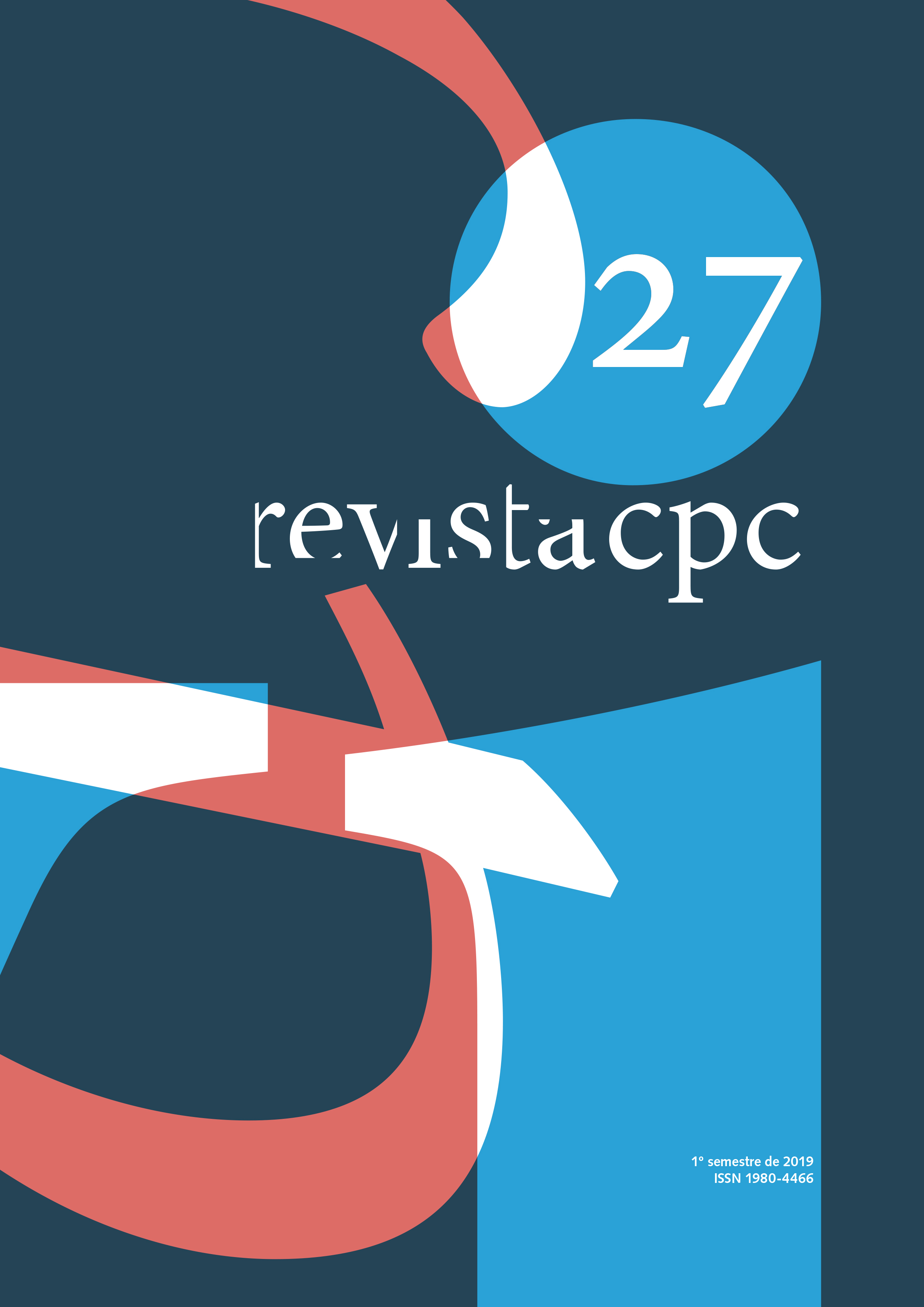Comadres of the interior of São Paulo, from the houses of classes to the stations: the buildings without destination
DOI:
https://doi.org/10.11606/issn.1980-4466.v14i27p114-143Keywords:
Coffee-growing, Railways, Cultural heritageAbstract
This critical reflection has the objective of discussing the railway assets of the Araraquara Railroad (EFA) present in the region of São José do Rio Preto, northwest of the state of São Paulo. Employing images, tables, comparisons, in loco surveys and bibliographical references, we seek to understand the historical load and the current condition of stations, classrooms and warehouses. Installed in privileged areas of the urban environment, these signs of urban memory—who were related to coffee-growing and responsible for significant regional and state development—suffered a complete inversion in their social value over the years, not presenting function and/or forecast of new use, which makes the maintenance of such a situation alarming not only due to the historical load of these elements, but also due to the potential to become areas that offer a better quality of life to the urban environments in which they are inserted.
Downloads
Downloads
Published
Issue
Section
License
- Os autores mantêm os direitos autorais e concedem à revista o direito de primeira publicação, com o trabalho simultaneamente licenciado sob a Licença Creative Commons Attribution que permite o compartilhamento do trabalho com reconhecimento da autoria e publicação inicial nesta revista.
- Os autores têm autorização para assumir contratos adicionais separadamente, para distribuição não exclusiva da versão do trabalho publicada nesta revista (ex.: publicar em repositório institucional ou como capítulo de livro), com reconhecimento de autoria e publicação inicial nesta revista.
- Os autores têm permissão e são estimulados a publicar e distribuir seu trabalho on-line (ex.: em repositórios institucionais ou na sua página pessoal) a qualquer ponto antes ou durante o processo editorial, já que isso pode gerar alterações produtivas, bem como aumentar o impacto e a citação do trabalho publicado (Veja O Efeito do Acesso Livre).










